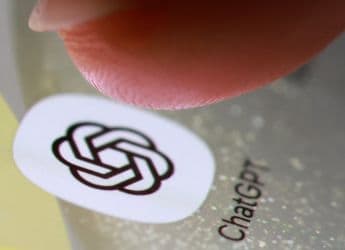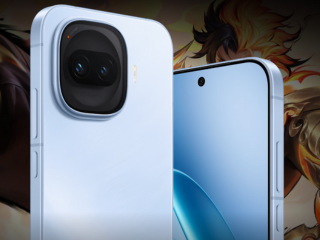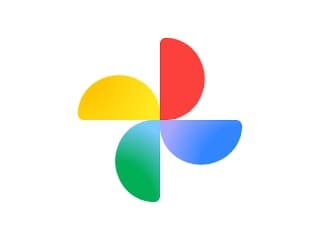- Home
- Science
- Science News
- NASA's Hubble Captures Image of Giant Star, 32 Times the Size of the Sun, at the Centre of Lagoon Nebula
NASA's Hubble Captures Image of Giant Star, 32 Times the Size of the Sun, at the Centre of Lagoon Nebula
The giant star called Herschel 36 is at the centre of the Lagoon Nebula, located around 4,000 light-years away.

Photo Credit: NASA, ESA, and STScI
The massive star is throwing off ionized gasses like hydrogen and nitrogen
There are millions of stars visible in a clear night sky. From Earth, they appear like tiny dots sparkling for no explained reason. But there's one star at the centre of our existence, which burns itself to support life. It's the Sun, around which several planets, including the Earth, revolves. Now, imagine a star that is 200,000 times brighter and 32 times more massive than our Sun. NASA has recently shared an image that showed what a world around this star would look like. The image featured a cosmic landscape that appears to be incredibly serenic, but the region is full of turbulence as well.
This star, called Herschel 36, is at the centre of the Lagoon Nebula, a giant interstellar cloud in the constellation Sagittarius and located around 4,000 light-years away. Nebula is full of tumultuous gasses, hurricane-like stellar winds and intense radiation, including powerful ultraviolet rays, emanating from the star. These interactions are carving out a fantasy landscape of ridges, cavities, and mountains of gas and dust.
In the cosmic sense, this massive star is still young, NASA said. It is about 1-million-year-old and is throwing off its natal cocoon of material – ionized gasses like hydrogen and nitrogen. These gases are shown in the image as red (hydrogen) and green (nitrogen).
The image was captured by NASA's Hubble telescope, which is placed deep in space above the obstructions caused by the distortion in the atmosphere, rain clouds and light pollution. The observatory has an unobstructed view of the universe. The telescope is a joint project by NASA and the European Space Agency (ESA).
According to the space agency, Herschel 36 is still young and will live for another 5 million years. In comparison, our Sun is 5-billion-year-old and will live another 5 billion years.
The Hubble view shows a 3D structure and a region of the Nebula measuring about 4 light-years across.
Catch the latest from the Consumer Electronics Show on Gadgets 360, at our CES 2026 hub.
Related Stories
- Samsung Galaxy Unpacked 2025
- ChatGPT
- Redmi Note 14 Pro+
- iPhone 16
- Apple Vision Pro
- Oneplus 12
- OnePlus Nord CE 3 Lite 5G
- iPhone 13
- Xiaomi 14 Pro
- Oppo Find N3
- Tecno Spark Go (2023)
- Realme V30
- Best Phones Under 25000
- Samsung Galaxy S24 Series
- Cryptocurrency
- iQoo 12
- Samsung Galaxy S24 Ultra
- Giottus
- Samsung Galaxy Z Flip 5
- Apple 'Scary Fast'
- Housefull 5
- GoPro Hero 12 Black Review
- Invincible Season 2
- JioGlass
- HD Ready TV
- Laptop Under 50000
- Smartwatch Under 10000
- Latest Mobile Phones
- Compare Phones
- iQOO Z11 Turbo
- OPPO A6c
- Samsung Galaxy A07 5G
- Vivo Y500i
- OnePlus Turbo 6V
- OnePlus Turbo 6
- Itel Zeno 20 Max
- OPPO Reno 15 Pro Mini 5G
- Lenovo Yoga Slim 7x (2025)
- Lenovo Yoga Slim 7a
- Realme Pad 3
- OPPO Pad Air 5
- Garmin Quatix 8 Pro
- NoiseFit Pro 6R
- Haier H5E Series
- Acerpure Nitro Z Series 100-inch QLED TV
- Asus ROG Ally
- Nintendo Switch Lite
- Haier 1.6 Ton 5 Star Inverter Split AC (HSU19G-MZAID5BN-INV)
- Haier 1.6 Ton 5 Star Inverter Split AC (HSU19G-MZAIM5BN-INV)

















